OPEN ASSEMBLY
Experiments in Aesthetics and Politics

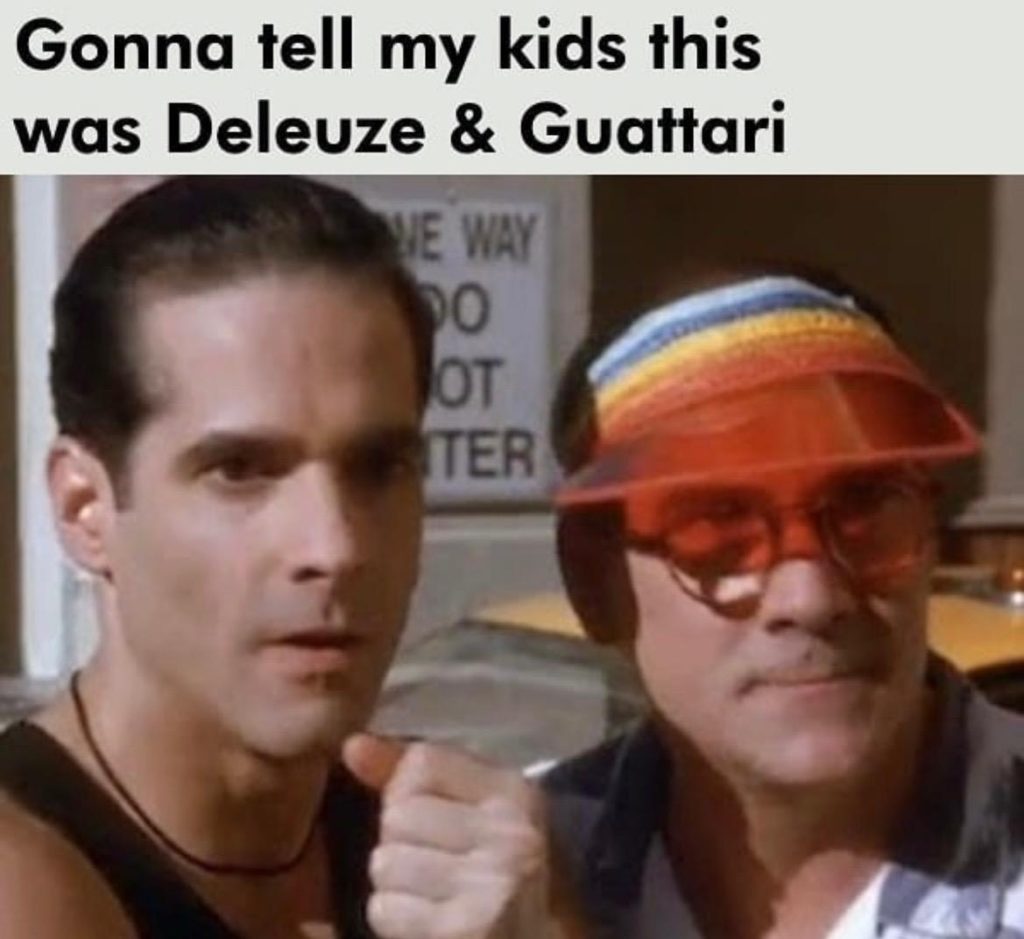
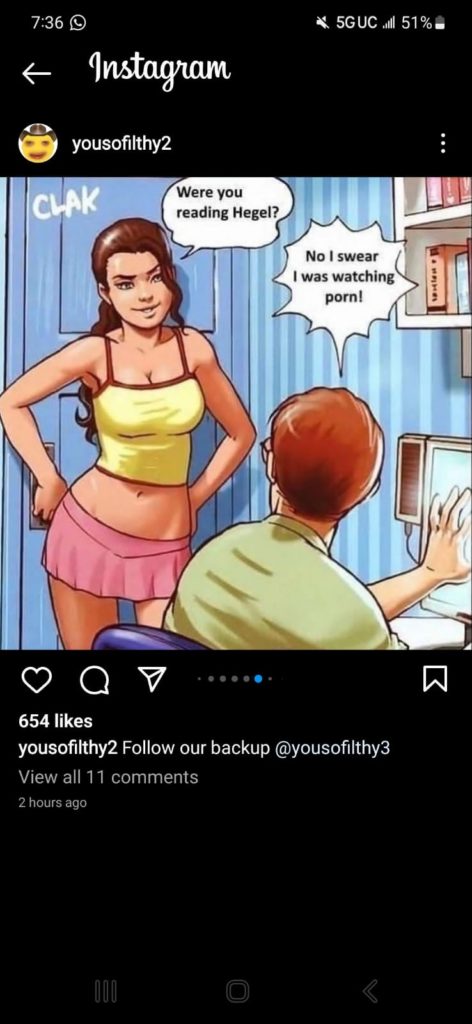
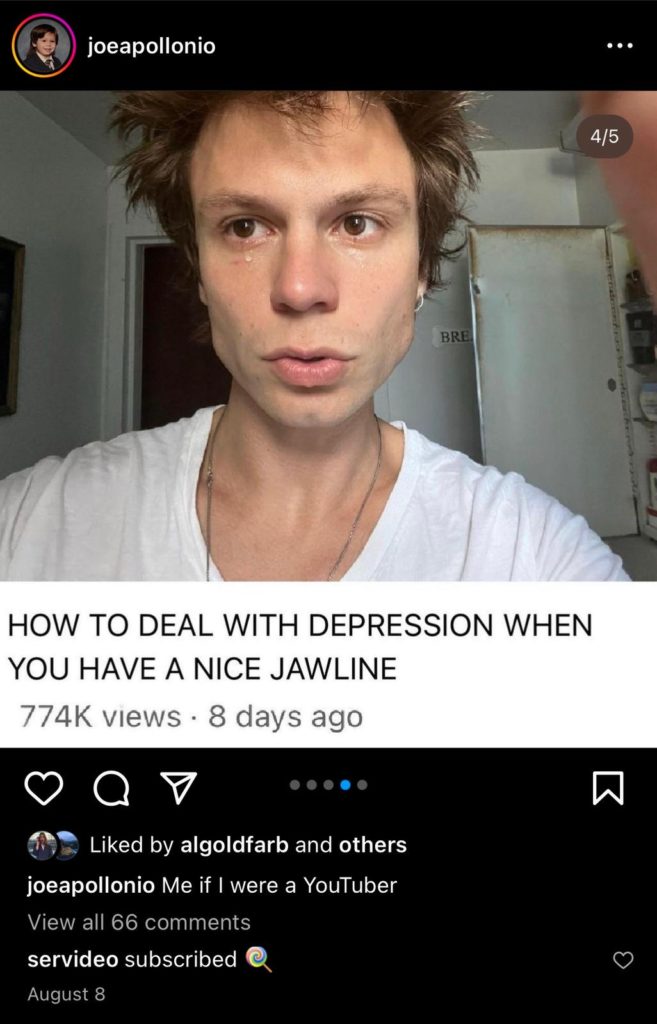
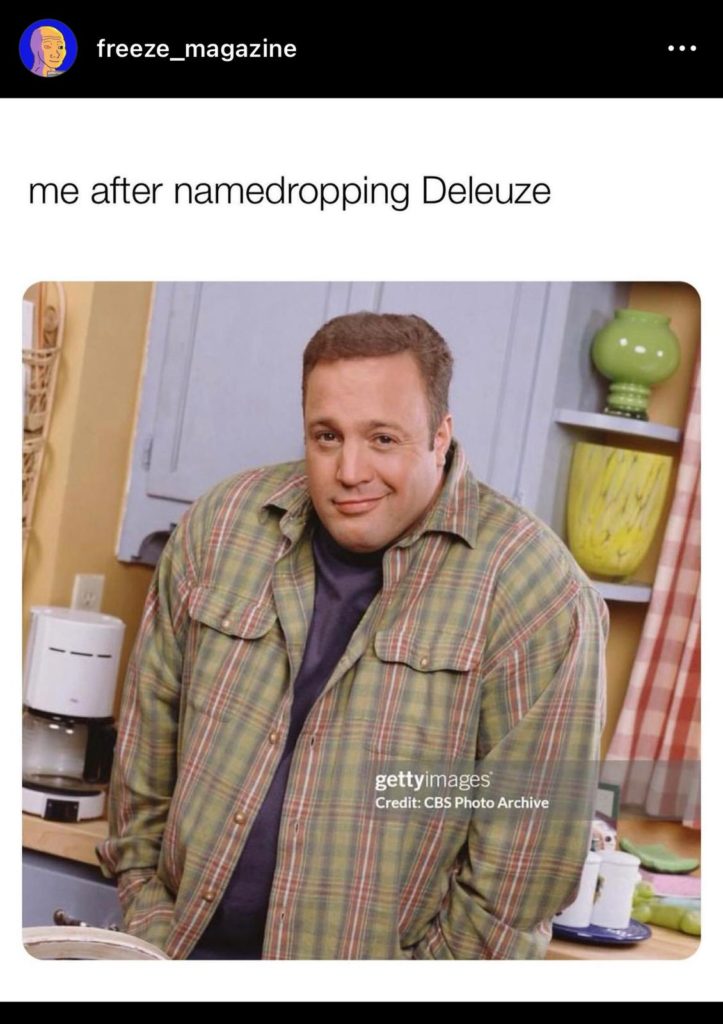
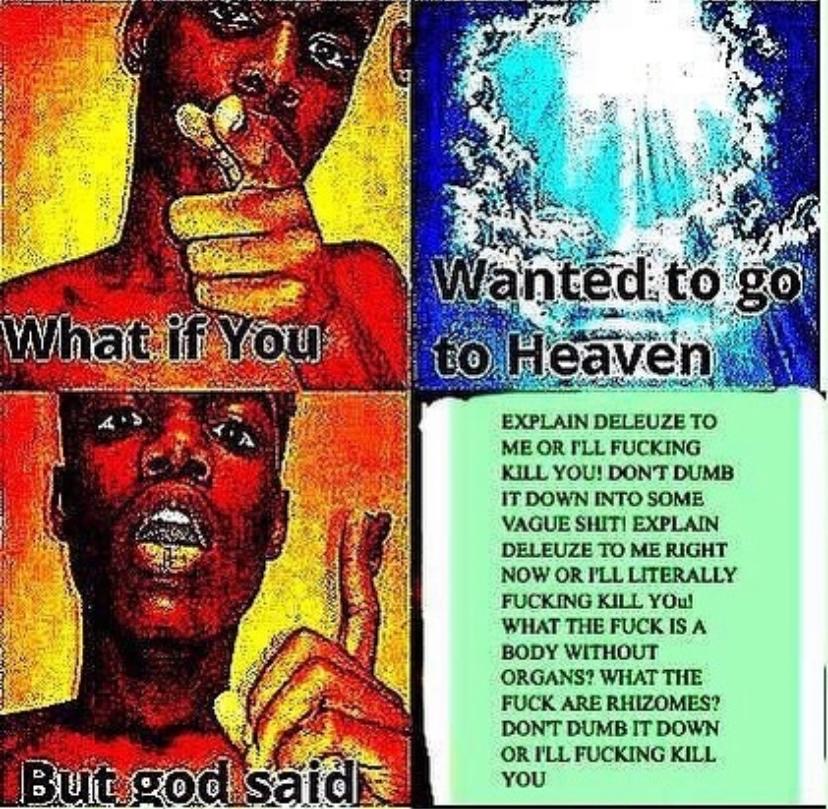

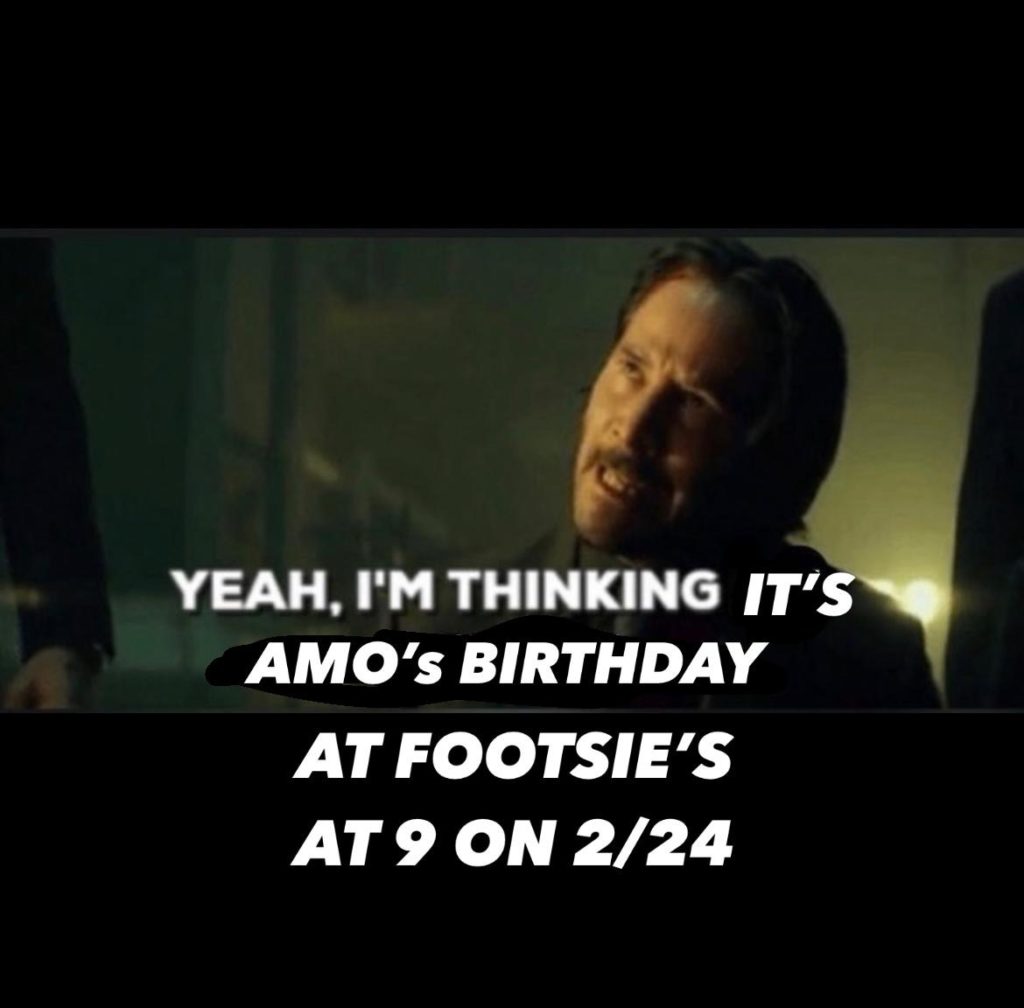
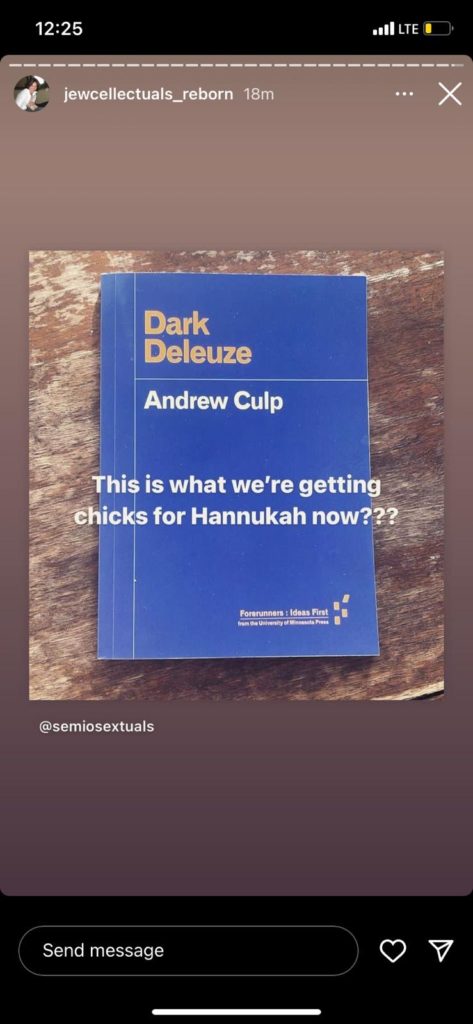
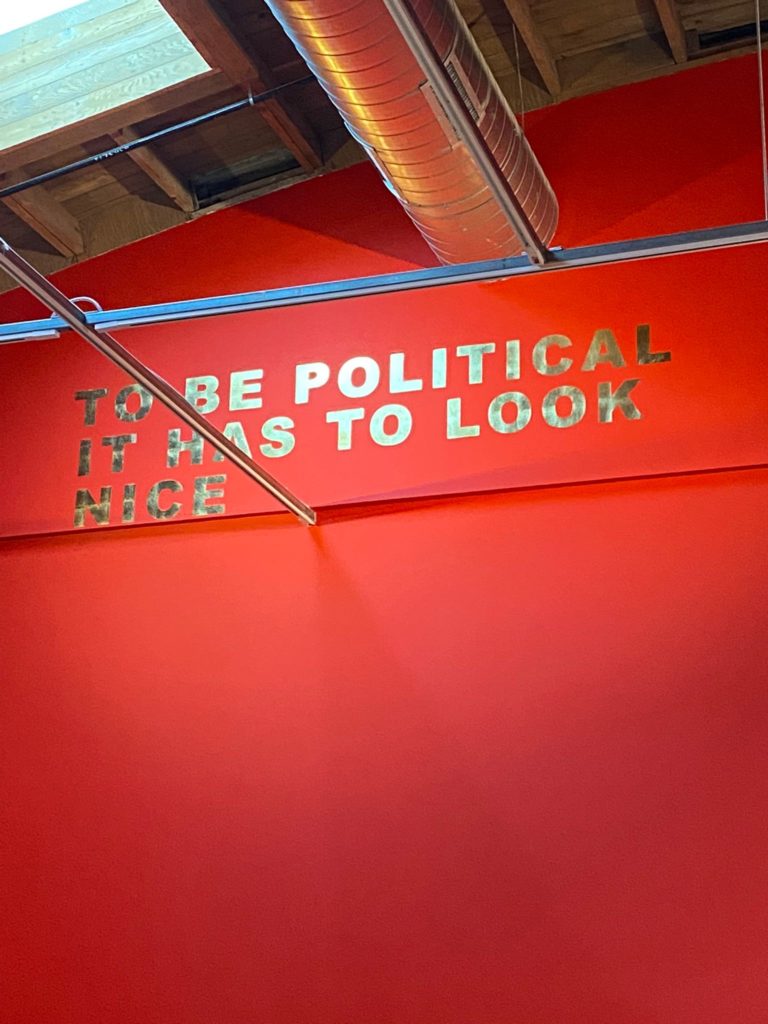
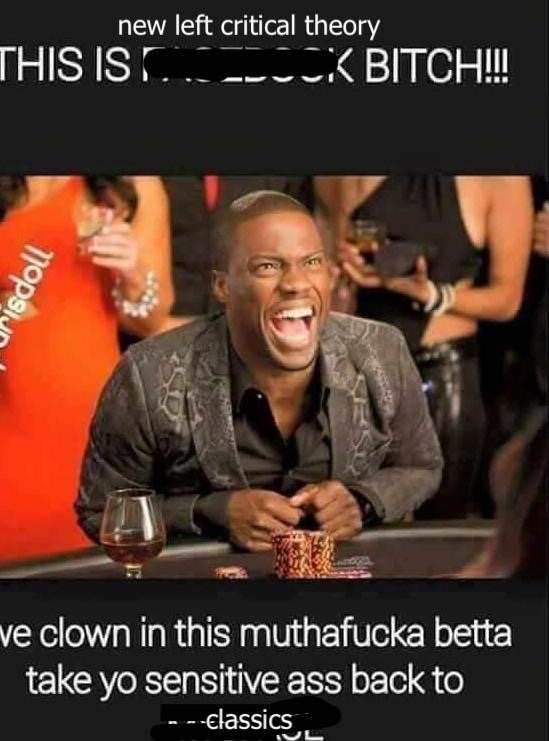
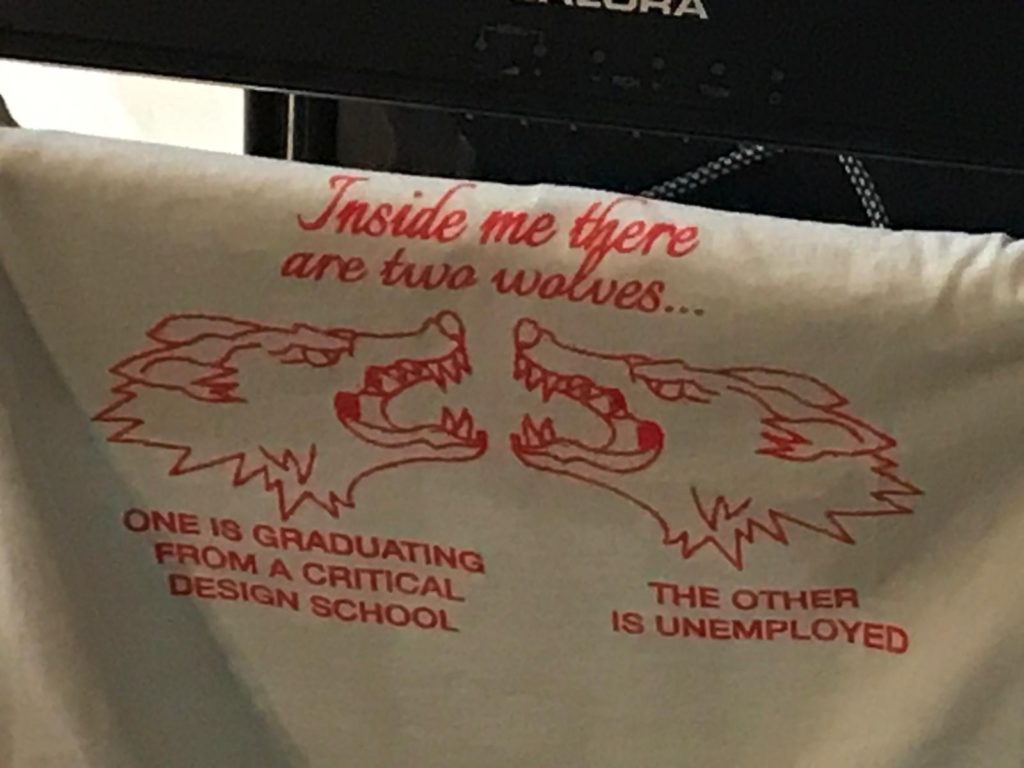
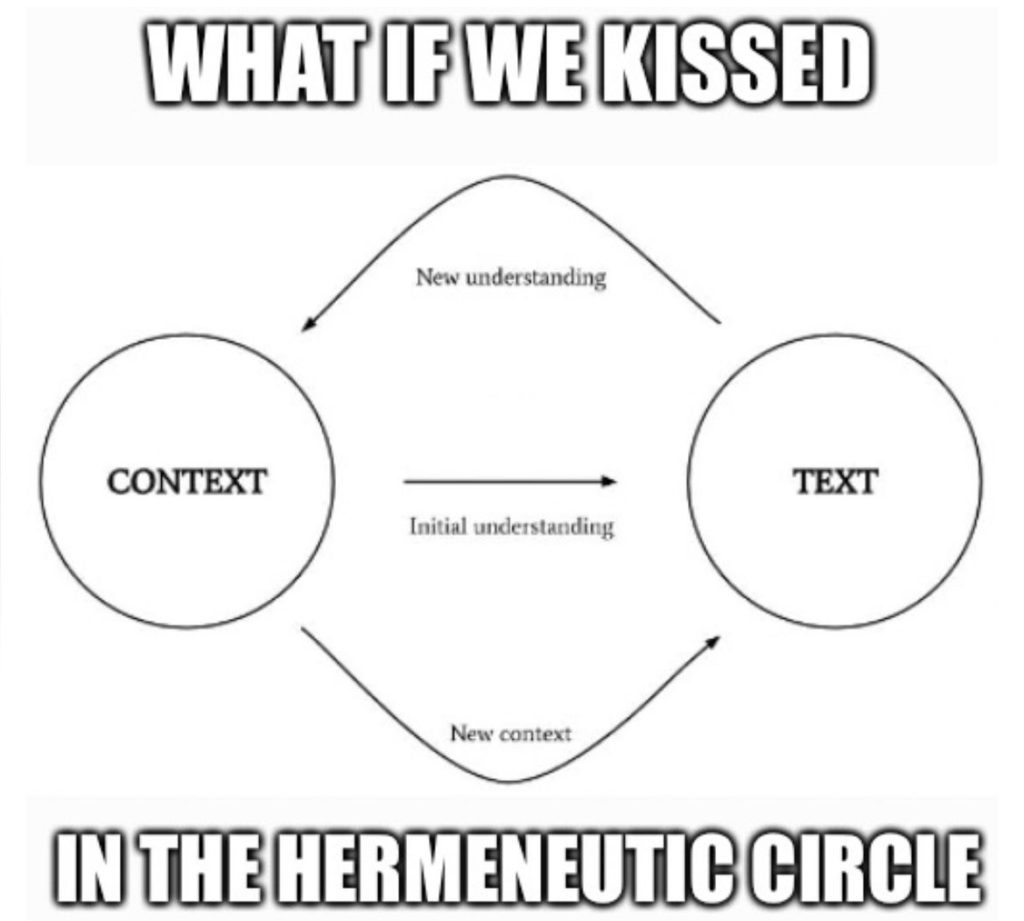

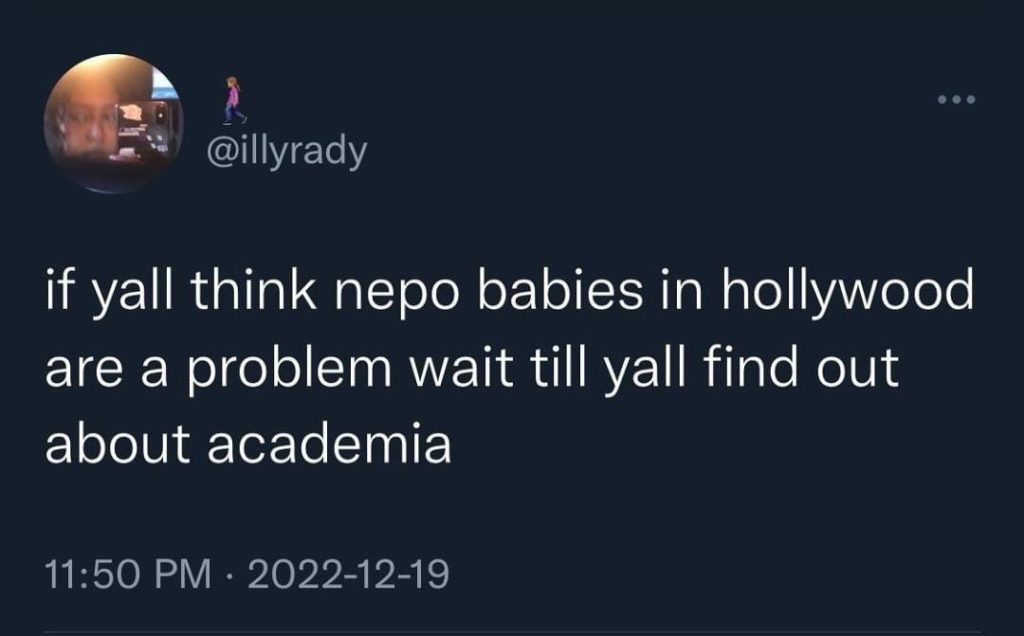
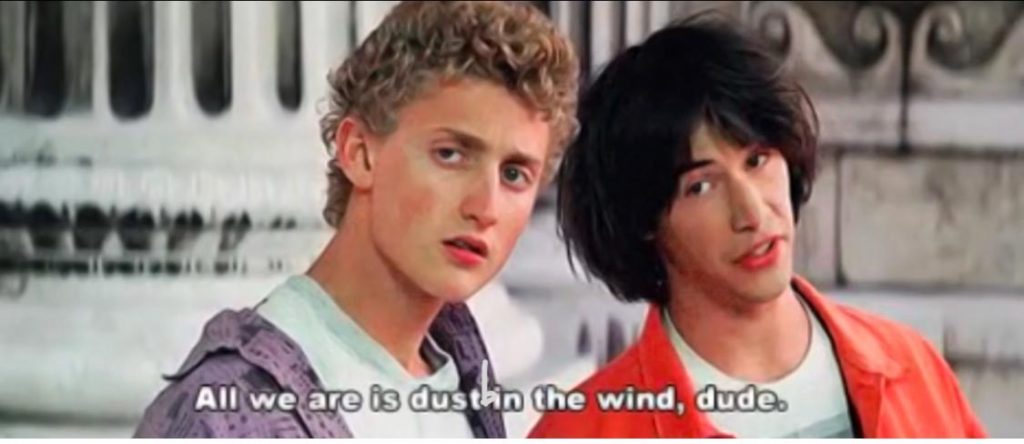


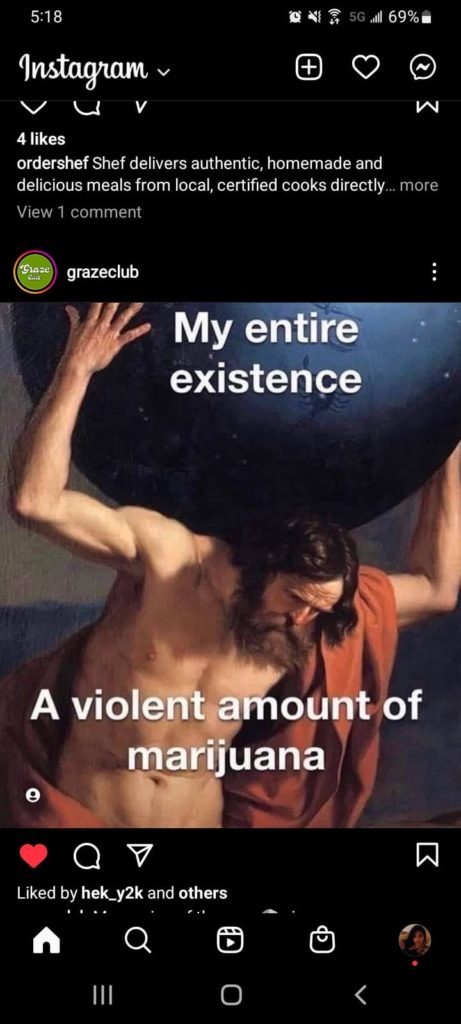
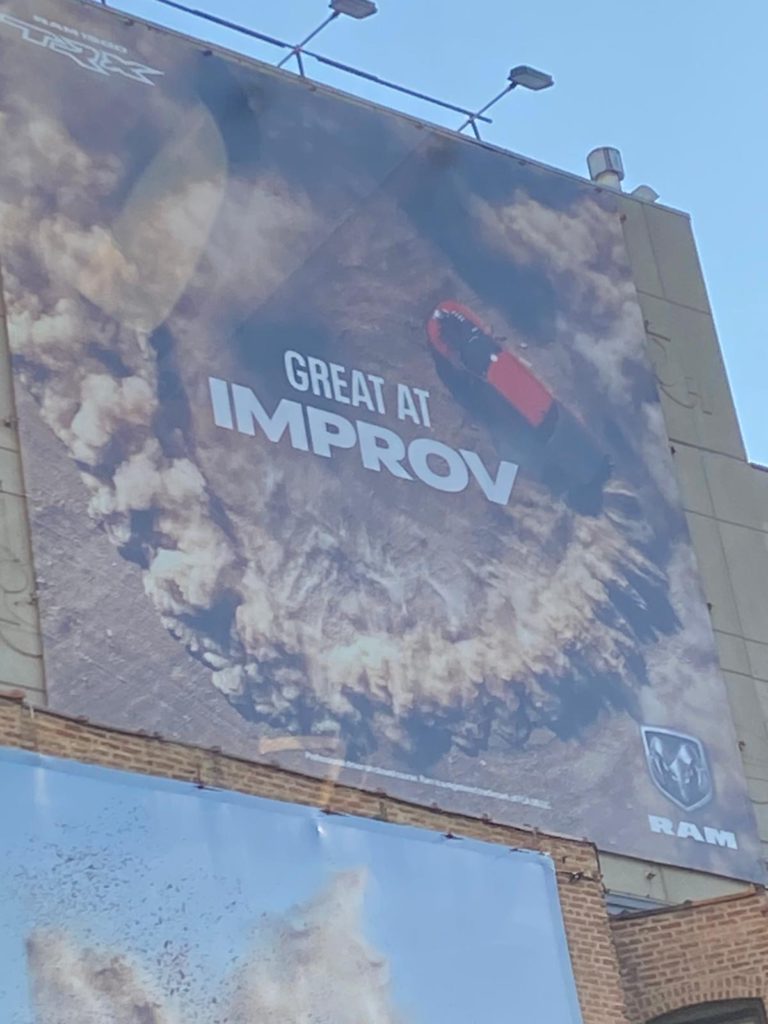
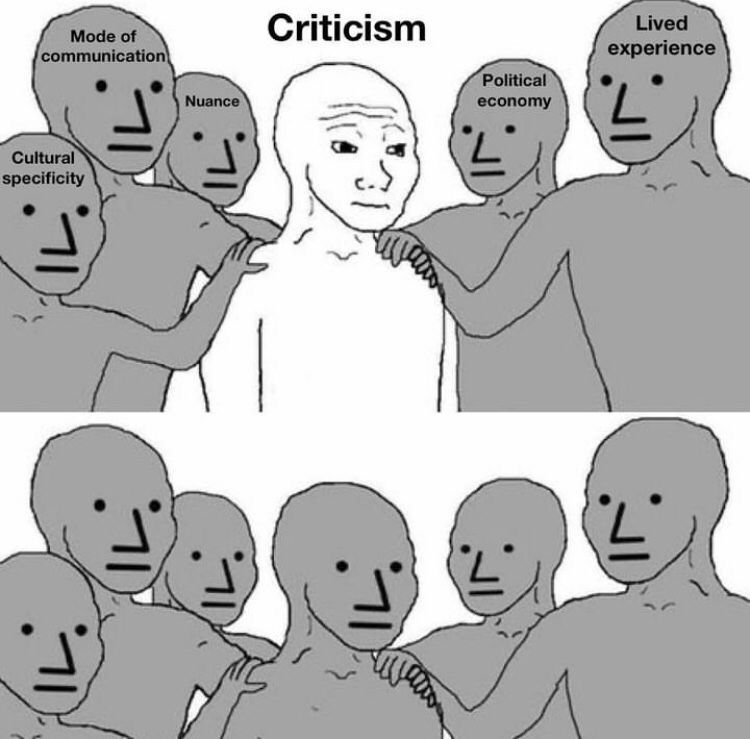
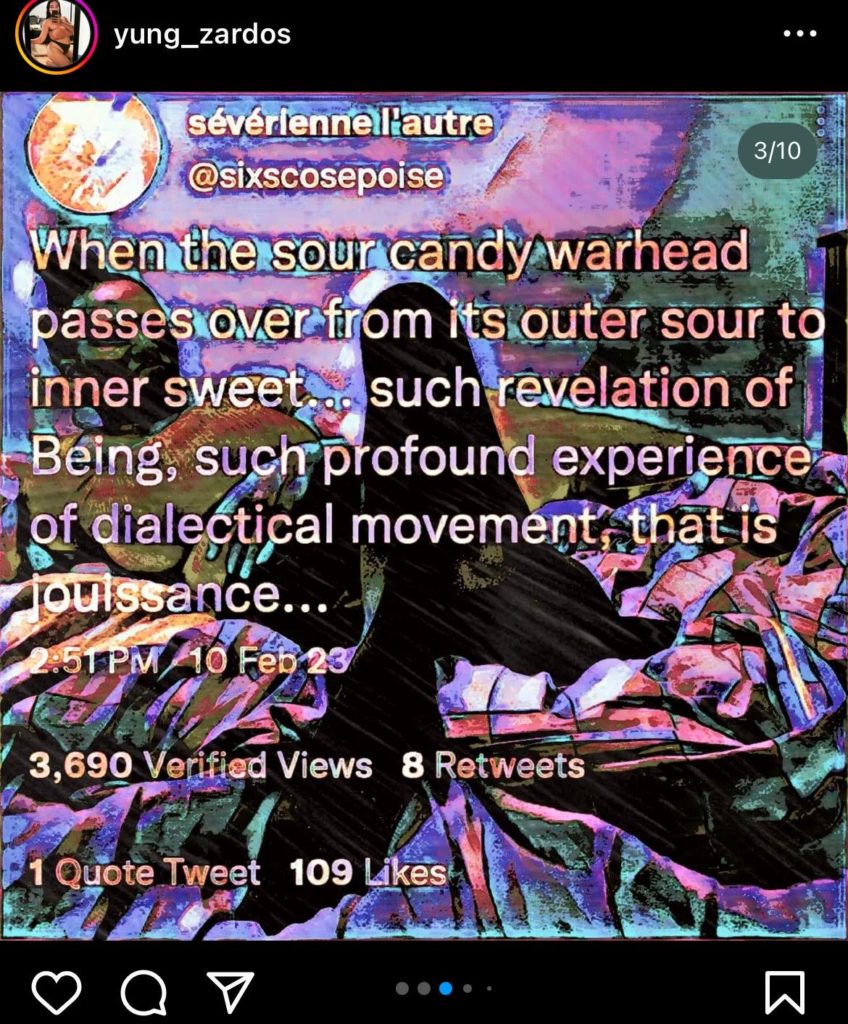
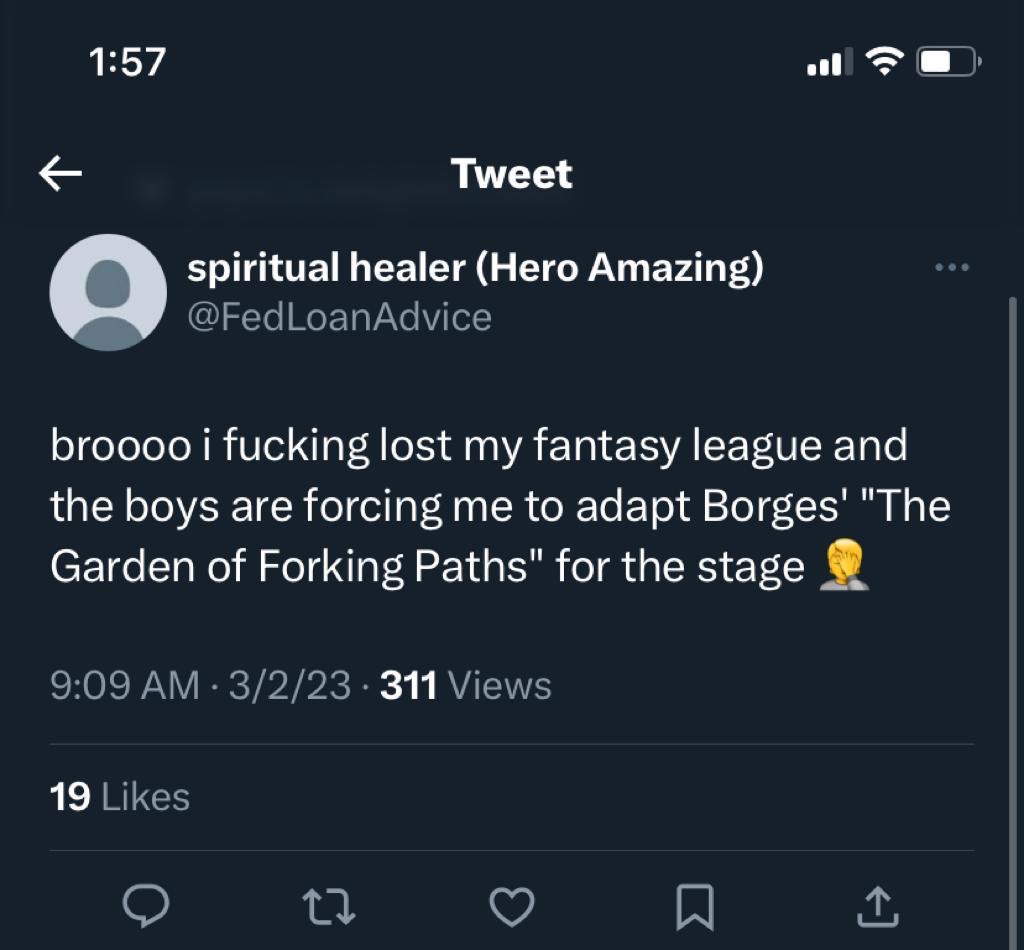
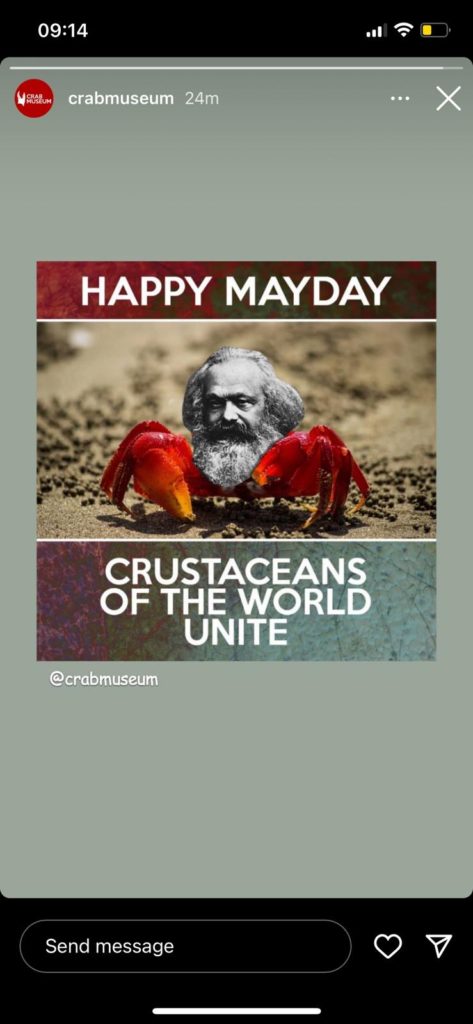
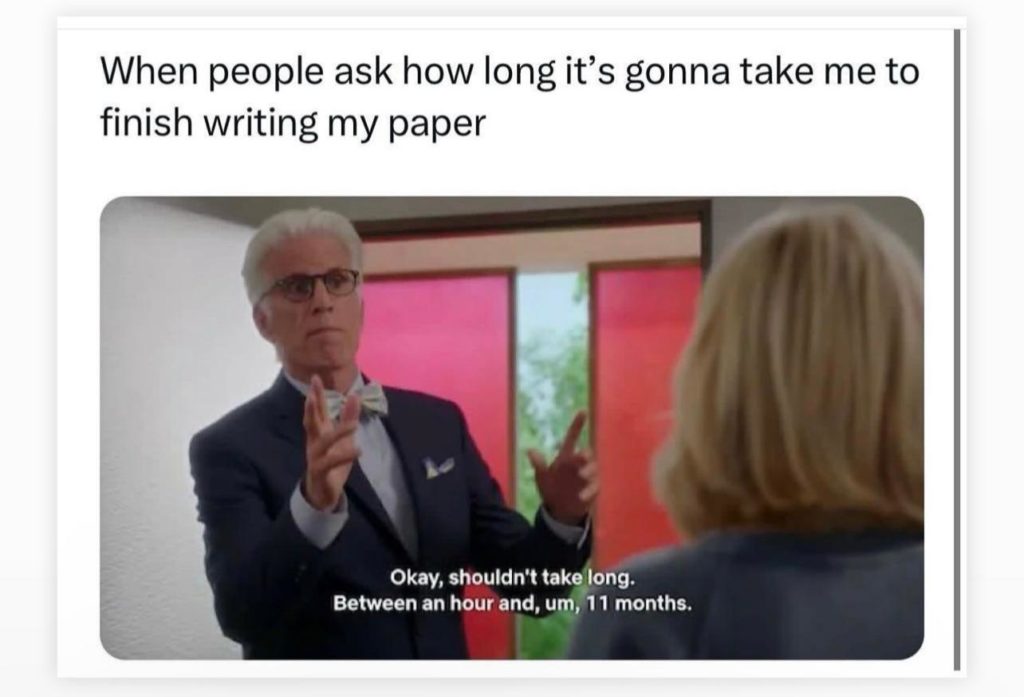
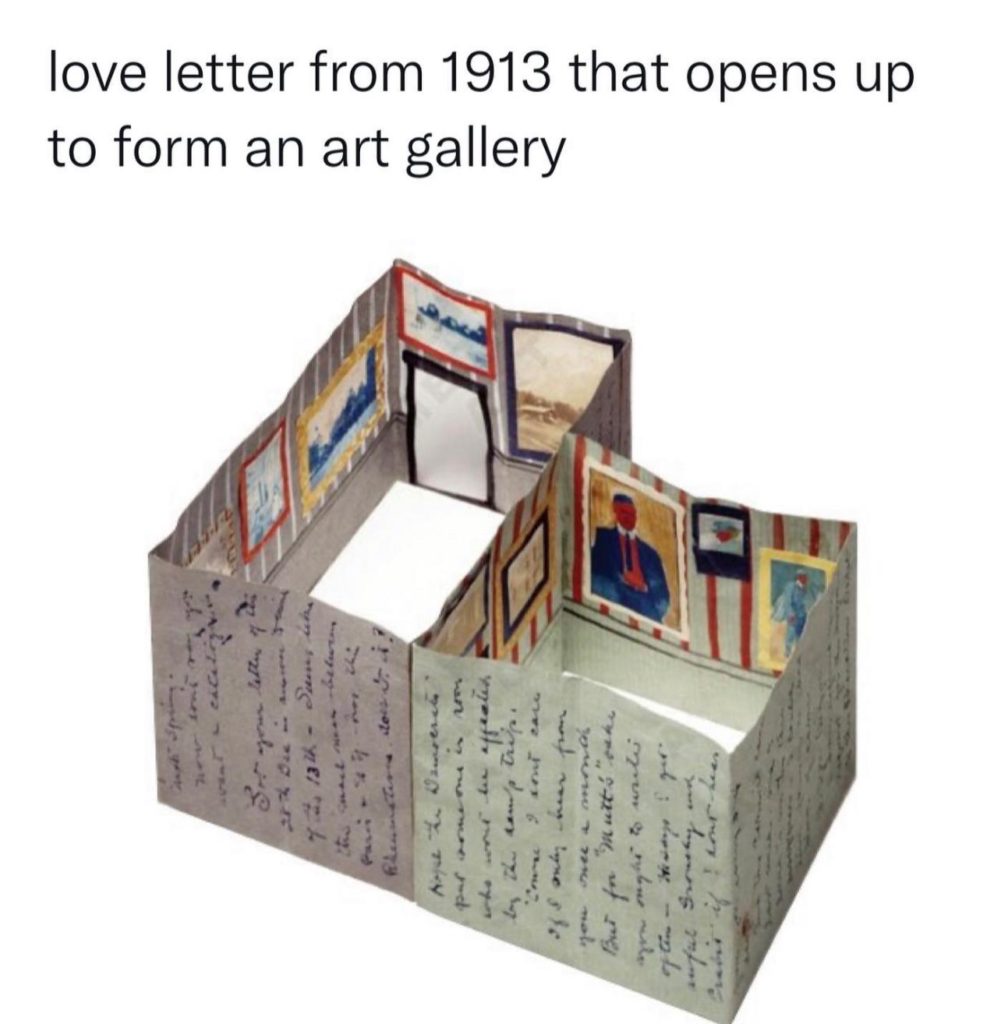
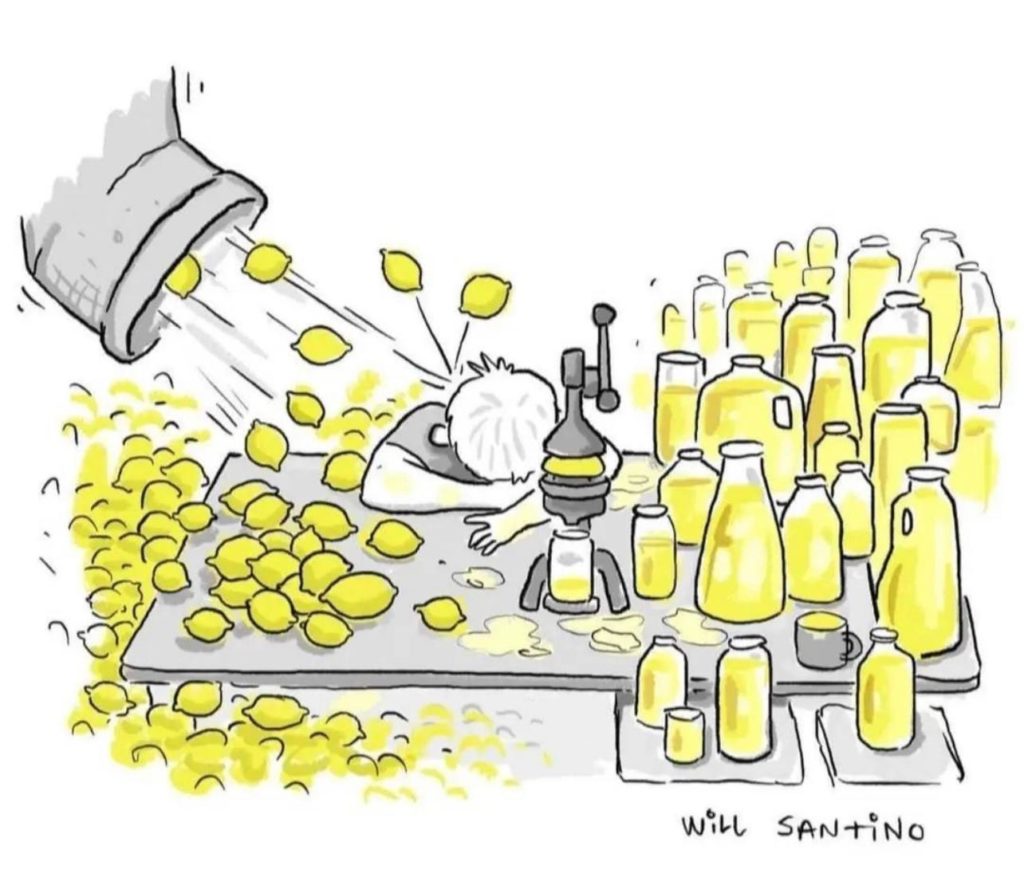
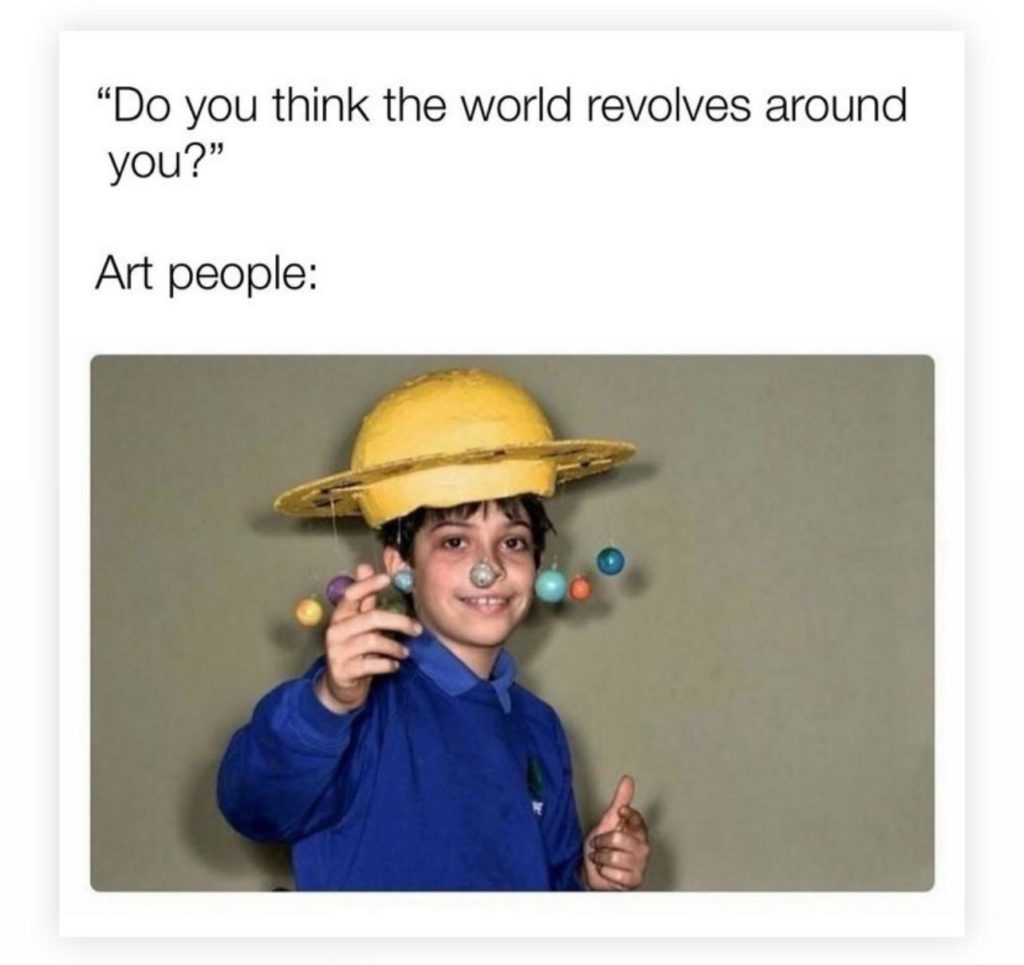
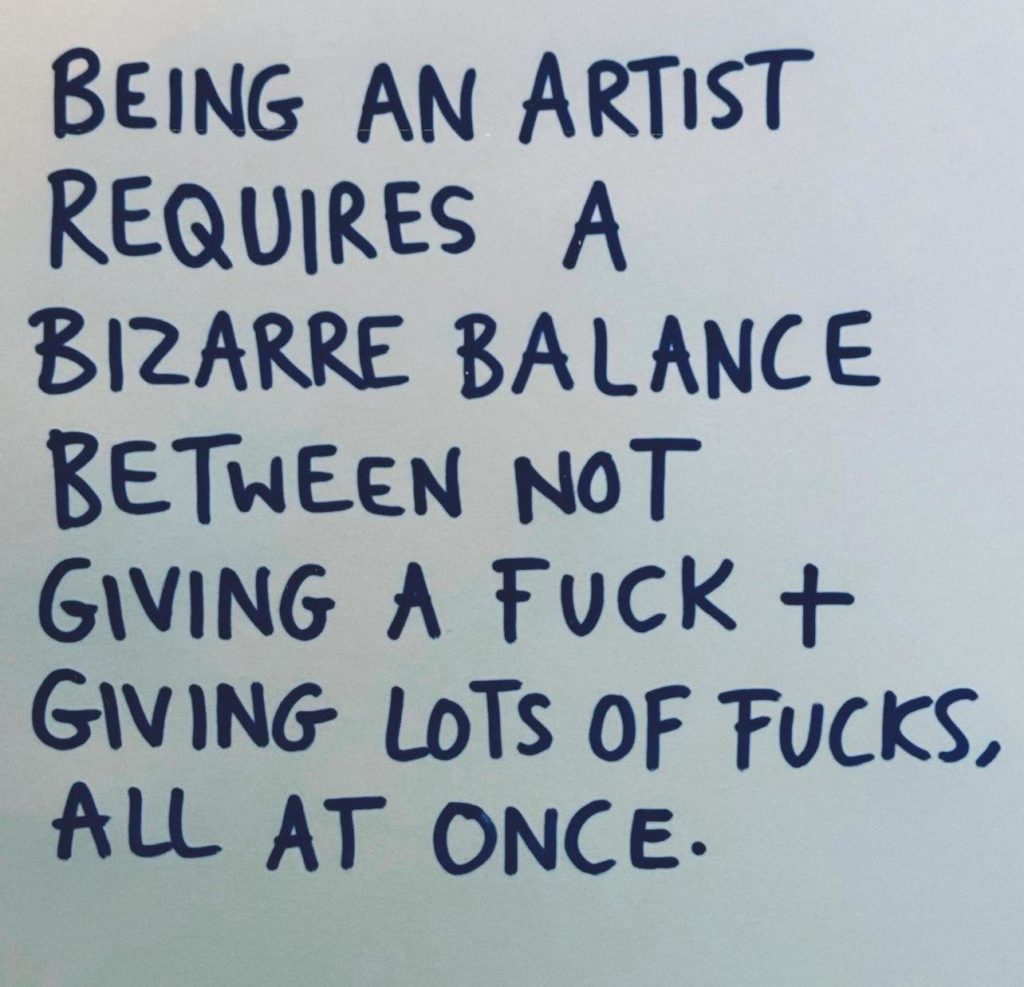

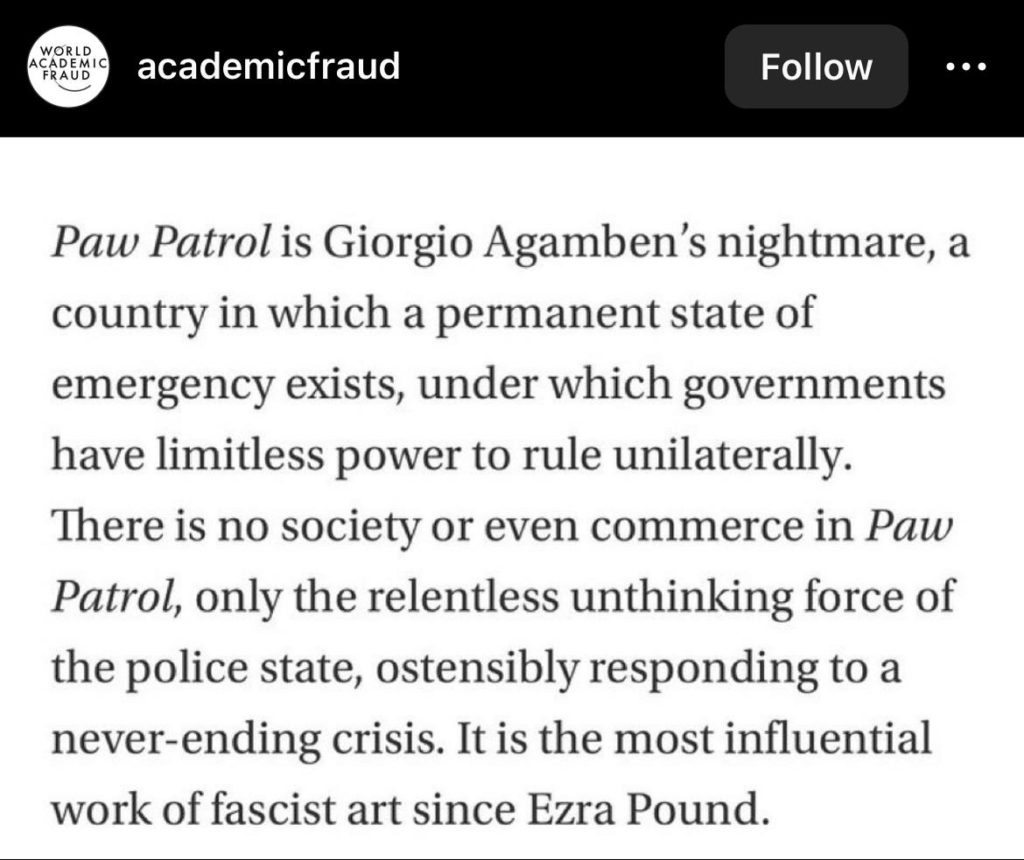

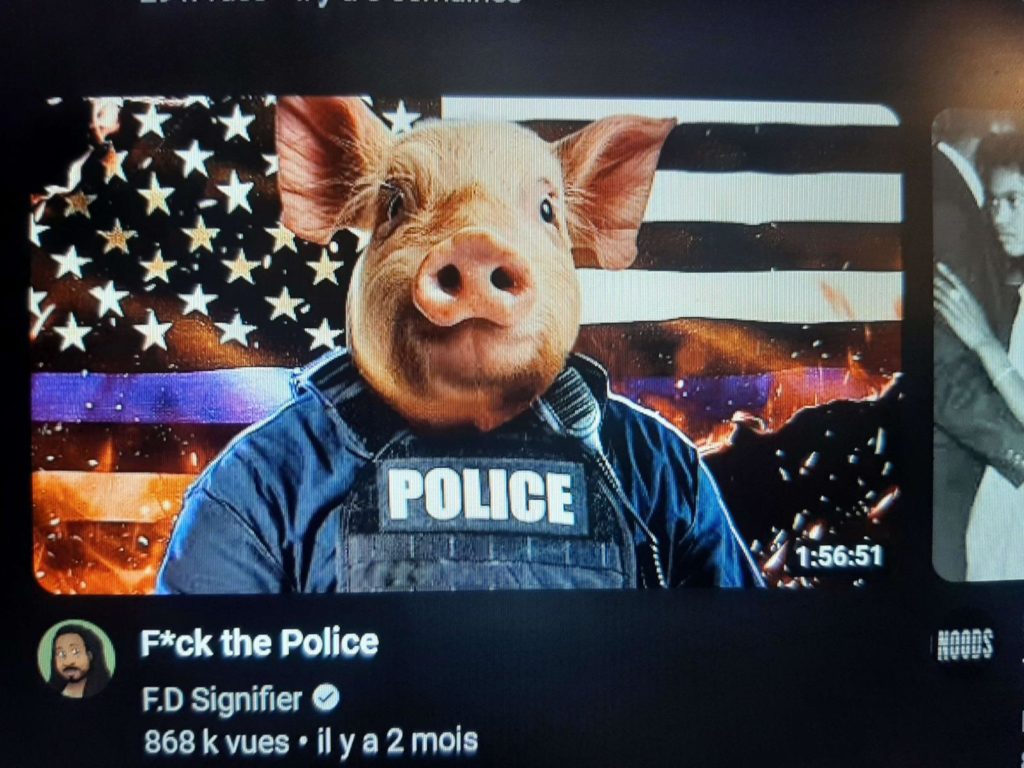
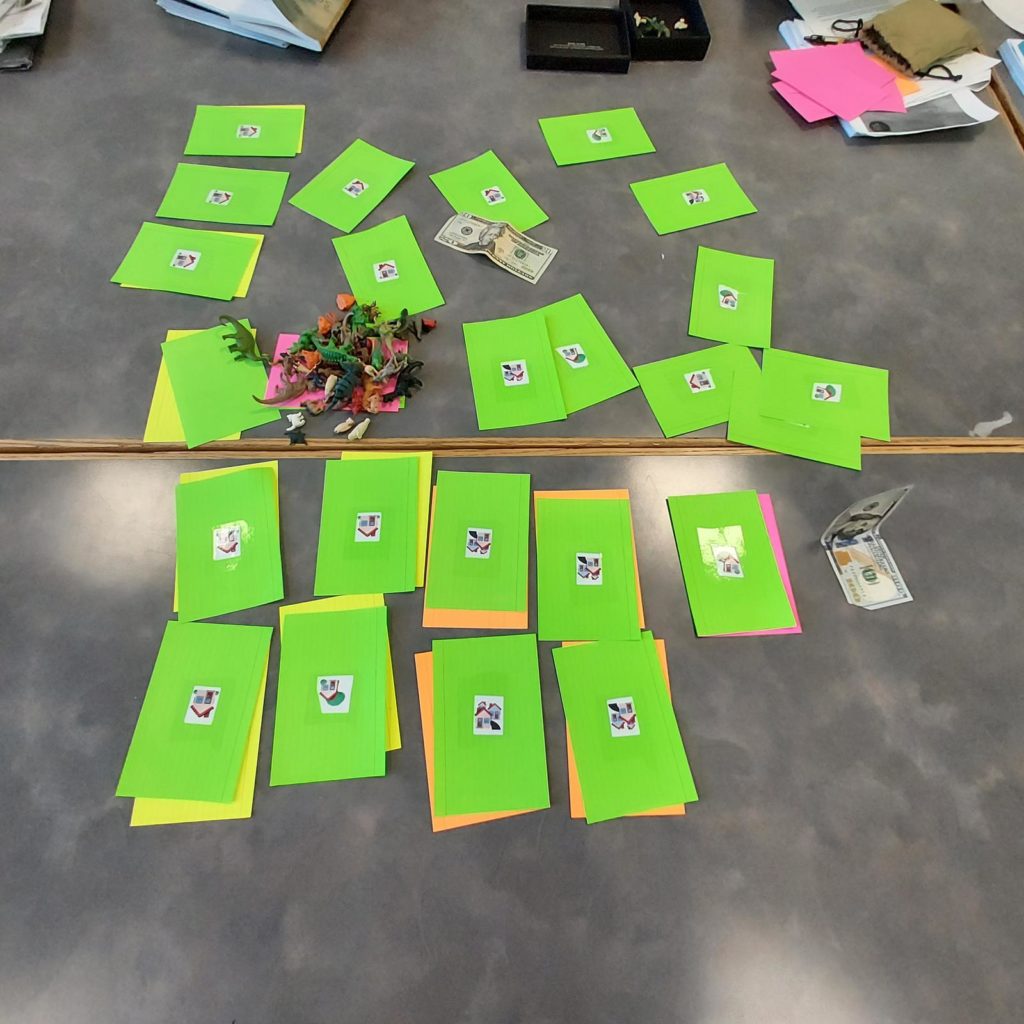
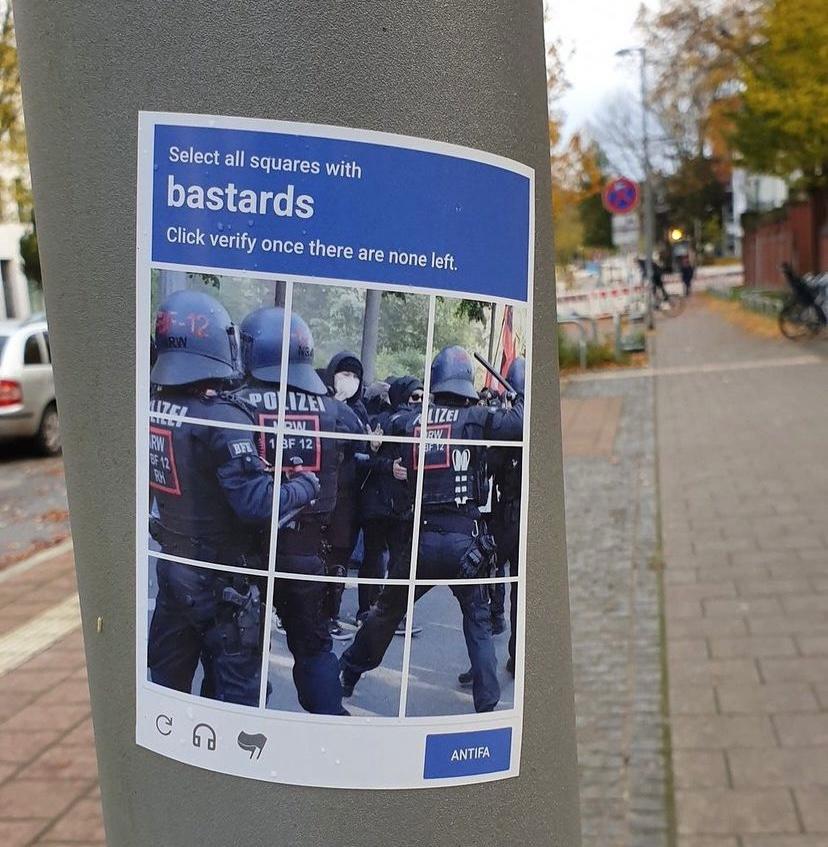
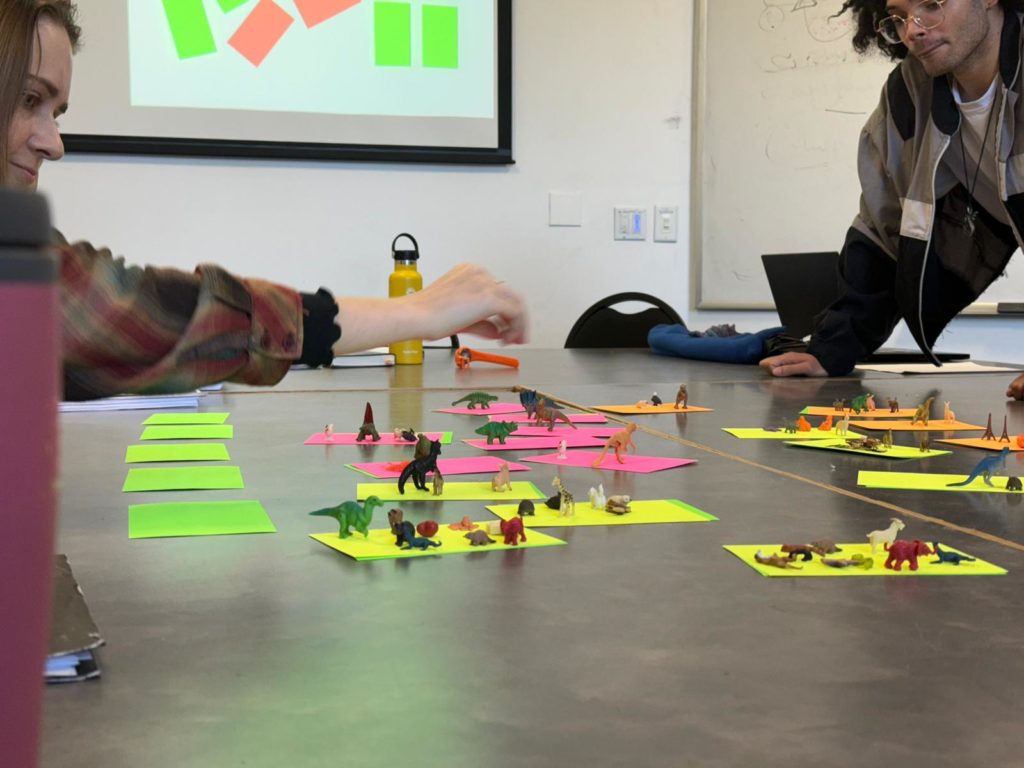
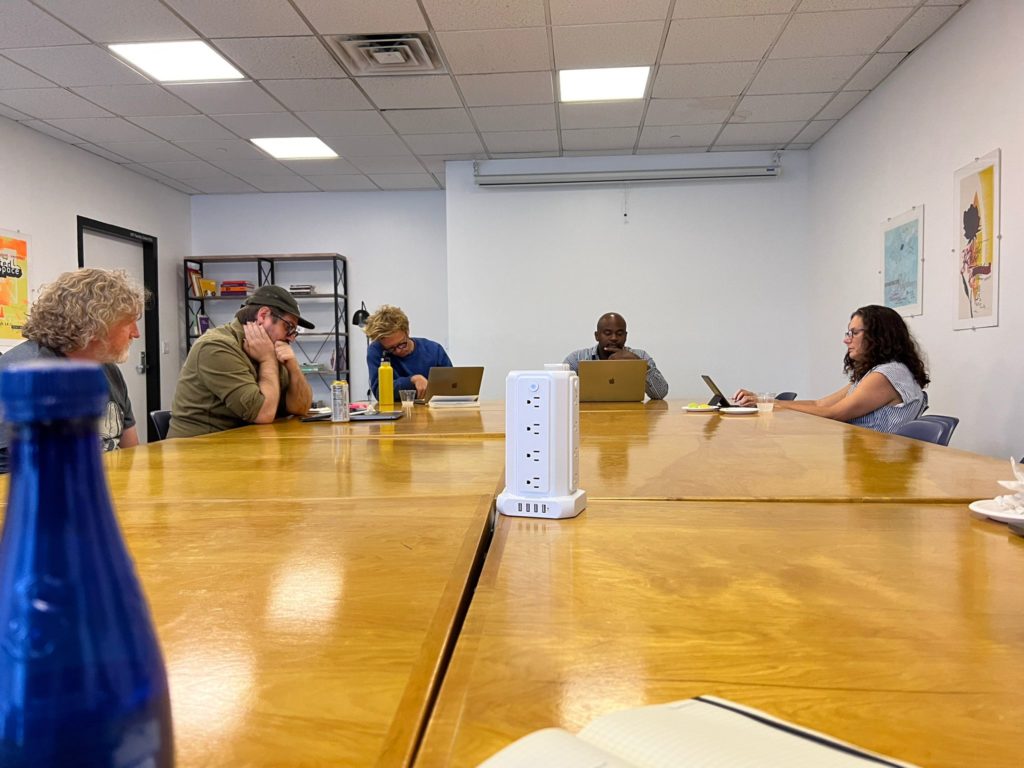
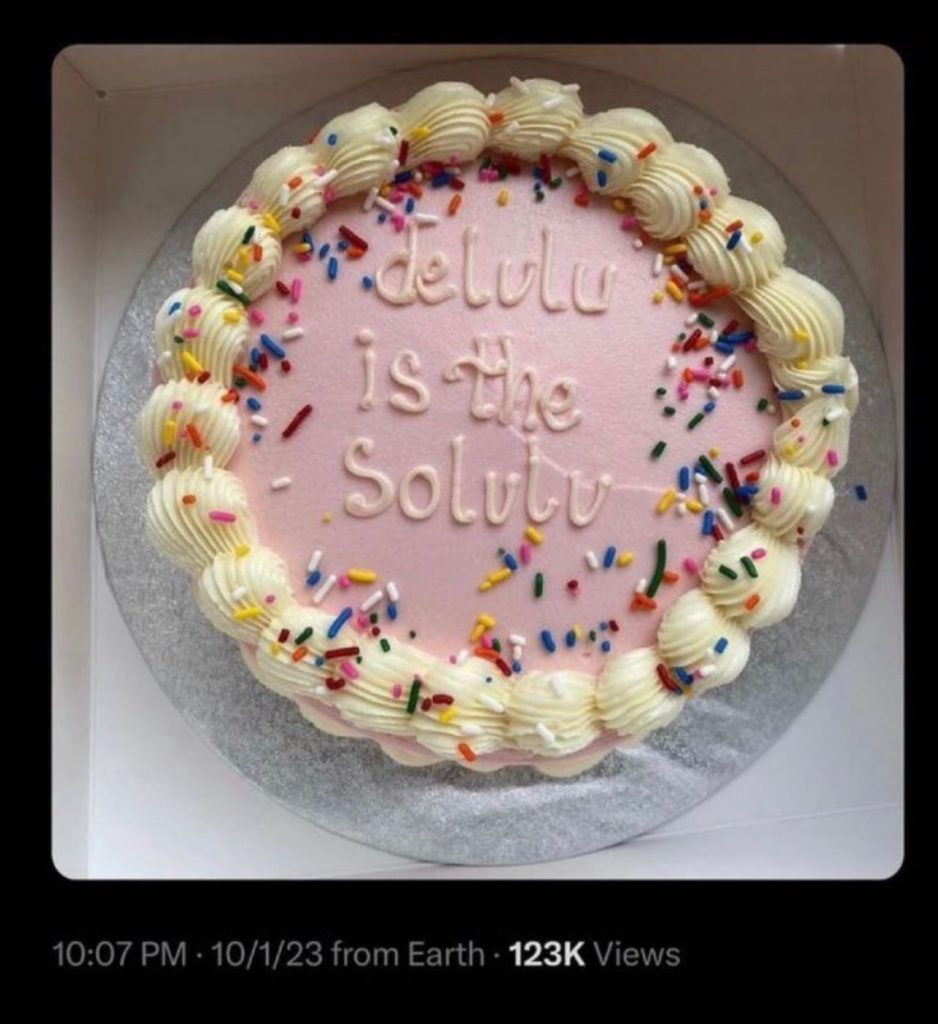
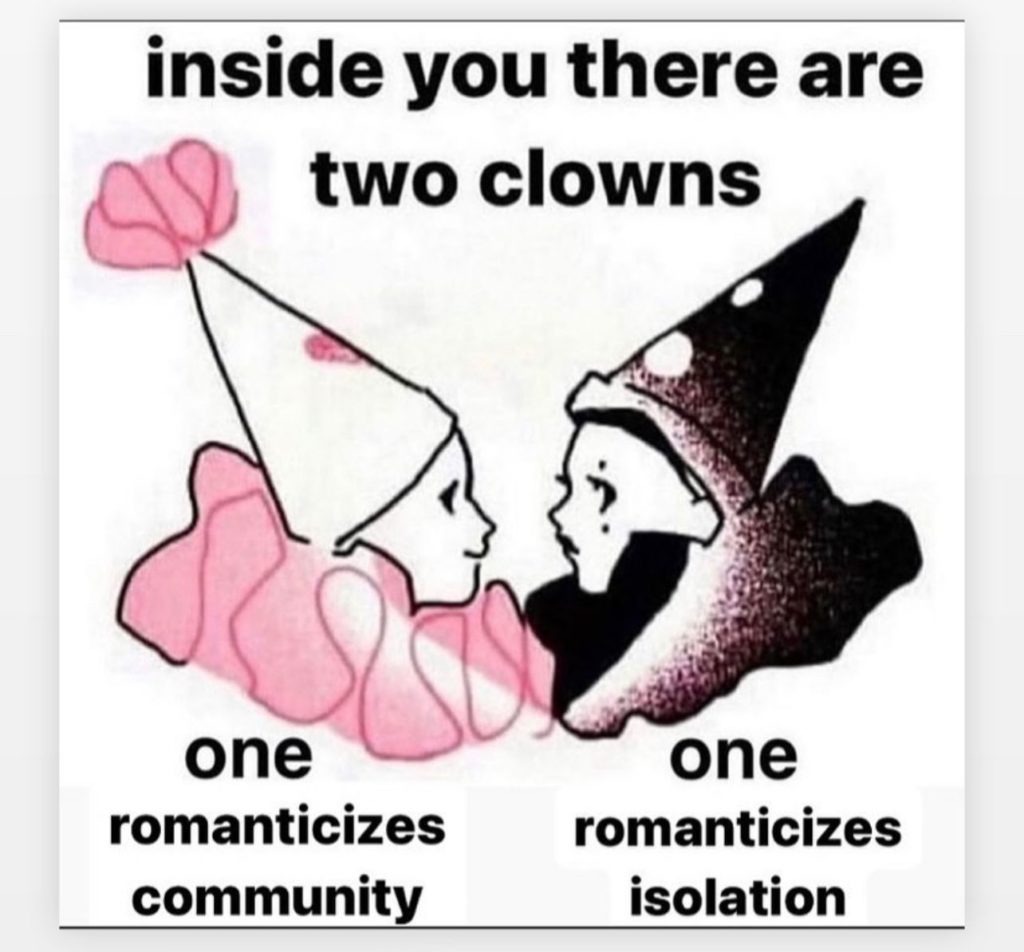
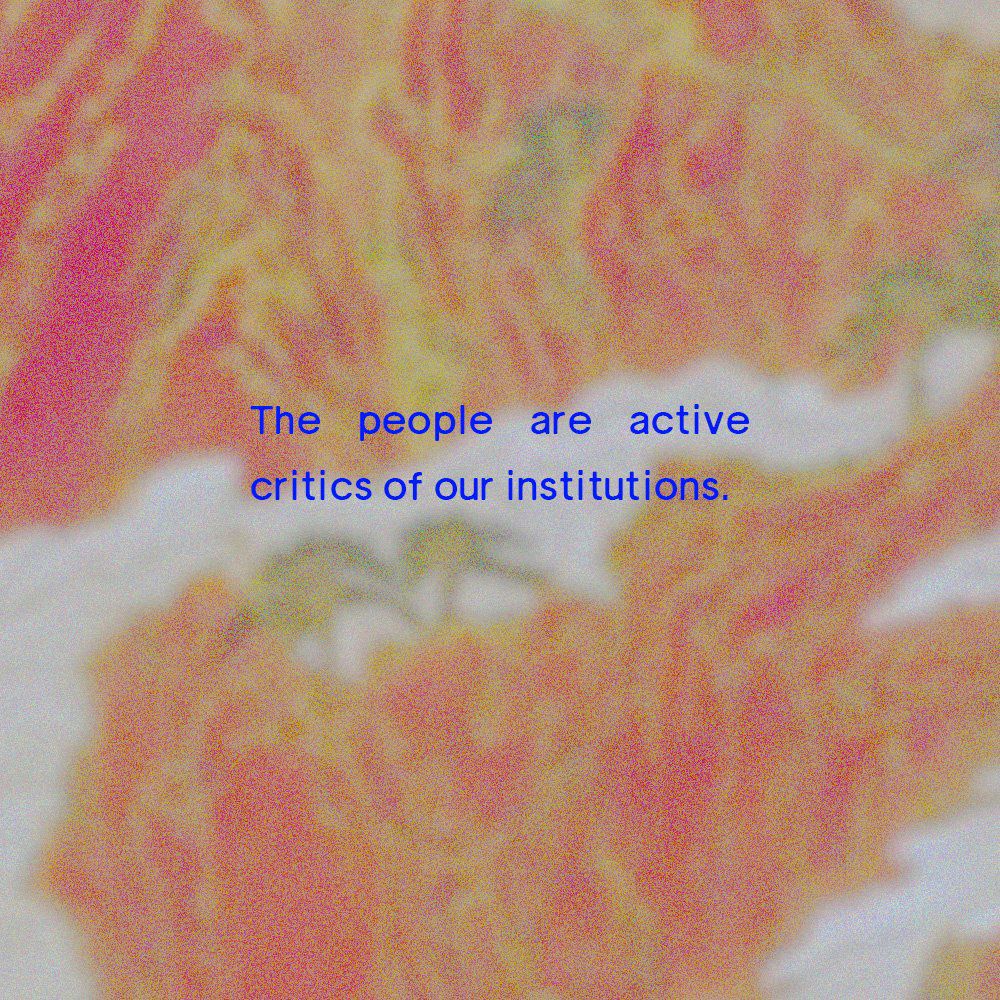
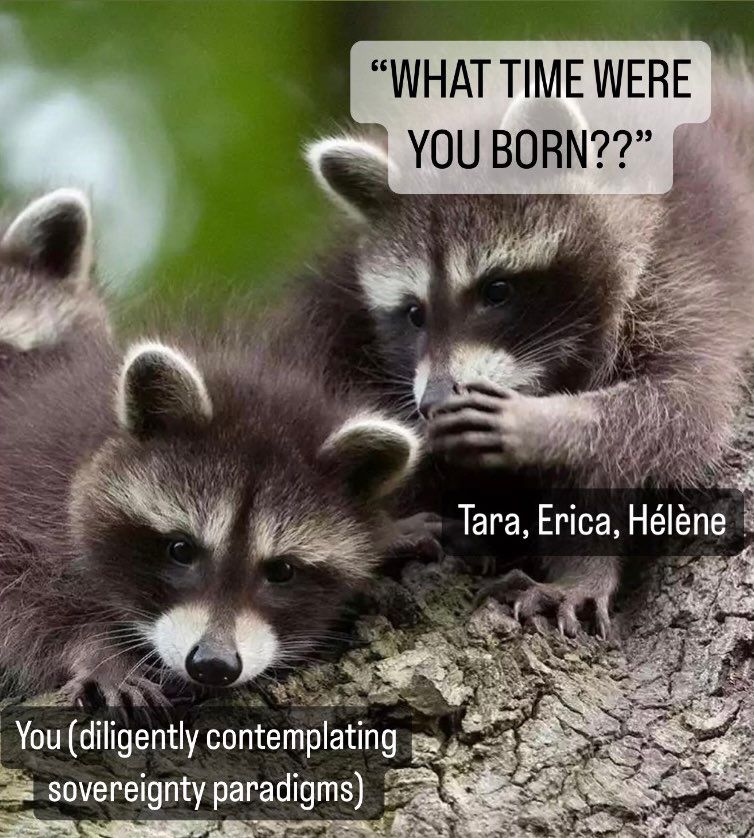
The Poetic Mundane in Hale County This Morning, This Evening
On Friday, October 28th at the Armory Center for the Arts in Pasadena, Shana L. Redmond presented a talk, “‘Agencies of Menace’ – The State, the Car, and the Music in Between” that included fragments of her monograph in progress, Dark Prelude: Black Life before Mourning. As a scholar of race and popular music in America, Redmond’s work is generally concerned with the political dimensions of music and its relation to social movements. With this new project, her focus is to illuminate Black living and the presence of music in the moments before tragedy. She is guided by “the mundane and pressing need to know those moments before and elsewhere.” Redmond’s method is to write about real events and real people (e.g., Sandra Bland and Assata Shakur), but construct educated guesses of the specific songs or artists they were listening to and how they must’ve felt in the instance before facing violence and/or death. Redmond’s research pulls data from music charts, autobiographies, Black representation in films, car stereo systems and police dash cam footage to imagine the scene before drive-by shootings, carjackings or any other form of brutality that Black individuals are disproportionately subjected to. The project is an effort towards interrogating the role of the state, social justice organizations, and scholars in advancing constructions of Blackness that exist exclusively on a death spectrum. Redmond works in alliance with the writer Hanif Abdurraqib, whose book Little Devil in America was quoted in Redmond’s lecture: “If only all movies about Black people struggling against the machinery of this country were instead movies about Black people living.” The image of Black suffering prevails in American culture, and although Redmond is challenging this through her compositions of the “moments before,” there is still an inevitable doom as to what happens next that surrounds the subjects she is writing on.
Hale County This Morning, This Evening—a documentary film shot, directed, and edited by RaMell Ross—aligns exquisitely with Abdurraqib’s statement, and takes Redmond’s intentions a step further into a visual story of Blackness and challenges how Black folks have come to be seen. Ross showcases the “epic-banal,” a term he applies to his practice of crafting enchanting landscapes of ordinary moments that string together into an ethereal backdrop. In its essence, the film is a 76-minute montage, made over the course of a few years, of interior spaces, exterior spaces, families, and multiple generations of the Black community living in Hale County, Alabama. Black safe space—cars, churches, porches, living rooms—and the ambient sounds of living fill the canvas. Its artistic considerations, astonishing visual and sonic compositions, and the blending of the surreal, the real, and the impressionistic evokes expansive visions of daily existence. Shots of the rural land, the sun rising, an eclipse, stars in the sky, and clouds formations interlace with ordinary activities such as playing basketball, watching television, frying food, getting haircuts and riding bikes. The film evolved out of the time Ross spent in Hale County teaching basketball and photography and lovingly observing the lives within the community. The main subjects are two young men, Quincy and Daniel, and the surrounding people in their lives; Mary (Daniel’s mother), Boosie (Quincy’s significant other), and Kyrie (Quincy and Boosie’s toddler son). Quincy and Daniel are often on screen sharing with Ross the intimate details of their ambitions, fears, and dreams: Daniel is on a journey playing college basketball with the aspiration of becoming a pro player, and Quincy is supporting and building a family.
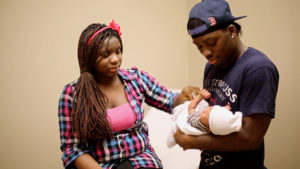
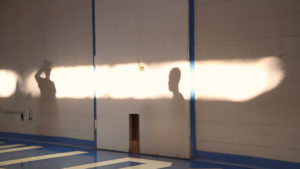

There are several distinct moments in the film where the presence of music is revealed, explicitly reflecting Redmond’s emphasis on the musical details of Black life and safe spaces. At the sixteen-minute mark, two young girls are at an outdoor gathering showing Ross and the camera a “toy”—an energizer battery with an attached wire and miniature lightbulb. As they show off their thrill from the science of electricity, “Love and Happiness” by Al Green is playing from speakers in the background.
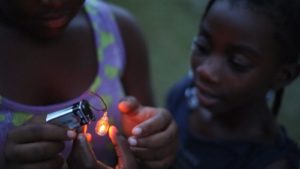
Another scene shot from a distance focuses on three teenage girls, appearing as silhouettes, standing under a terrace in the nighttime as a thunderstorm emerges. They are singing (beautifully) Etta James’ “I’d Rather Go Blind” in unison: “Something told me it was over/When I saw you and her talkin’.” Unsure of the lyrics at one point (”talkin” or “walkin”) they break off and the moment ends. These scenes are the real life visions of the moments Redmond is seeking to construct through educated guesses.
In addition to music’s omnipresence, the film depicts how music is a tool for navigating pain. During an intimate scene in a church space, we watch a female pastor lead a service via song. Everyone in the room is either dancing, wailing, or singing and no attention is made towards the camera in the room. At one point, there’s a low-angle shot of Daniel, who’s looking at the ground, swaying and crying. Moments of joy, boredom, or pain are depicted in fragments, often without context, but nevertheless reveal life’s spectrum of emotions and how they come and go and come back and go away again. The camera does not linger on any given emotion or experience for too long. As soon as there’s an air of sadness or grief, there quickly comes delight and joy shortly thereafter. Viewers are left with their instinctual response to each passing moment. The lack of information and the whiplash energy of time paradoxically allows the viewer to see the subjects more clearly.
In conversation with the Hammer Museum, Ross discusses the inspiration he gets from the lack of banality in the media’s depiction of what it is to be Black: “most Black folks that watch the film appreciate that the film shows the way in which they look at their children or the way in which we look at our children. As opposed to a lot of white audiences are like “oh look at the intimacy” or “look at the access, I haven’t seen these moments before.” Black viewers know and have lived the moments depicted in Hale County, This Morning, This Evening, but have rarely seen them in traditional film. It’s difficult to sell the banal, but Ross’ vision and attention to detail renders it in compelling ways without exploiting the moment itself. Ross consistently emphasizes youth throughout the film by evoking an experience through the perspective of children. During a conversation between Mary and Daniel, the camera’s focus is on Mary’s younger daughter, Shodedra. Mary is braiding Shodedra’s hair while complaining to Daniel about wanting alone time. Shodedra turns to Ross, looks into the camera, and smiles faintly as a single tear rolls down her cheek. We as viewers don’t know why the tear is there, but it’s acknowledged and experienced in a context where she is otherwise ignored.
A similar but longer moment is oriented towards Kyrie, Quincy, and Boosie’s son. The camera is at eye level as he paces back and forth, entertaining himself in the family room. The TV is on in the background, there’s conversation coming from another room, and we see the lower half of an adult, presumably Quincy, sitting on the couch. Eventually, Kyrie runs up to Ross and performatively pants into the camera.
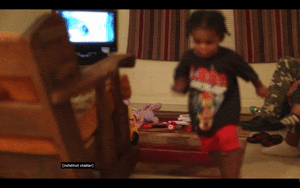
The scene then cuts to Kyrie and Quincy cuddling and roughhousing on the couch next to Boosie, who is now pregnant with twins.
The film’s most tragic facet is reflected with emotional nuance. Viewers are brought into the delivery room when Boosie’s in labor with the twins, and Ross fixates on the exhaustion and excitement of childbirth. The camera fixates on Quincy as he nods off in the fluorescent room dressed in medical garb, then cuts to Boosie’s face and close-ups of the cesarean birth as the twins’ are delivered: Karmyn and Korbyn. The next scene is an extended shot of the two newborns, side by side, safe and cozy in their respective car seats, conjuring a yearning to be as protected and loved as a newborn baby. As the shot lingers and the adoration grows, the camera cuts to a butterfly hovering over grass, and a title card reading “Korbyn was buried in the early afternoon. . . Sudden Infant Death Syndrome.” Viewers experience the emotional intensity of having just watched Korbyn and Karmyn sleeping peacefully together to the immediate pain felt for Quincy and Boosie. Ross briefly shows moments of grief with a distant shot of the funeral service and a quick scene of Boosie in their living room, frozen still with her head tucked in her arms. As time passes, the mourning transforms into positive memorialization. Ross is in the backseat of the car as Boosie and Quincy order food at a Wendy’s drive-thru. Boosie is laughing at her phone background, a photo of Korbyn crying that she “can’t stop looking at.” “He was a mama’s boy,” she says.
Ross is committed to an exhibition of care that is sought by Redmond as well, portraying his subjects’ experiences beautifully and empathetically. The bond and trust between Ross and the subjects gives a natural depth to the simplest occurrences, and the mundane carries the film’s expansiveness. Ross’s role as a witness, especially around a grieving family, is profoundly respectful and places him as a proxy for viewers. His position as a peer enables the viewer to feel the care towards the community that permeates throughout the film, and offers a rare, poetic and intimate method into documentary filmmaking. Ross executes what Redmond wants to see more of in entertainment, scholarship, and social justice movements, but does so in an almost indirect way. Redmond believes that both the media and social organizations tell us nothing about how Black people live, and while her work is a blunt attempt to put pressure on the kinds of questions we ask about violence, the role of the state, and Black representation, Ross’ film takes on a more subtle approach to opposing the powers that be. Redmond’s Dark Prelude: Black Life before Mourning focuses on Black living in an effort to implicate the State, social justice organizations, and scholars for their roles in advancing representations of Blackness that exist on a death spectrum. In doing this, she imagines the joyful moments before inevitable tragedy. For Ross, there’s no explicit commentary on racism, racial violence or state violence in the film, aside from a brief moment where Daniel gets pulled over. The tension in the scene puts the viewer in a position to expect violence that never delivers, making them contemplate their association with Blackness as tethered to an expectation of death. Ross is merely depicting life as it is for the Black community living in Hale County, Alabama, and in doing so he protests against the stereotypes and the expectations of Black representation.
Works Cited
The Hammer Museum, Post-screening Q&A: “Hale County This Morning, This Evening.”
Hale County This Morning, This Evening, Directed by RaMell Ross, Louverture Films, 2018.